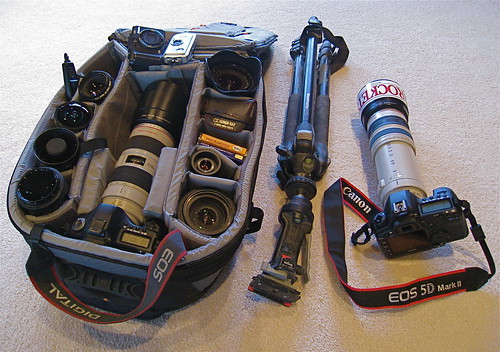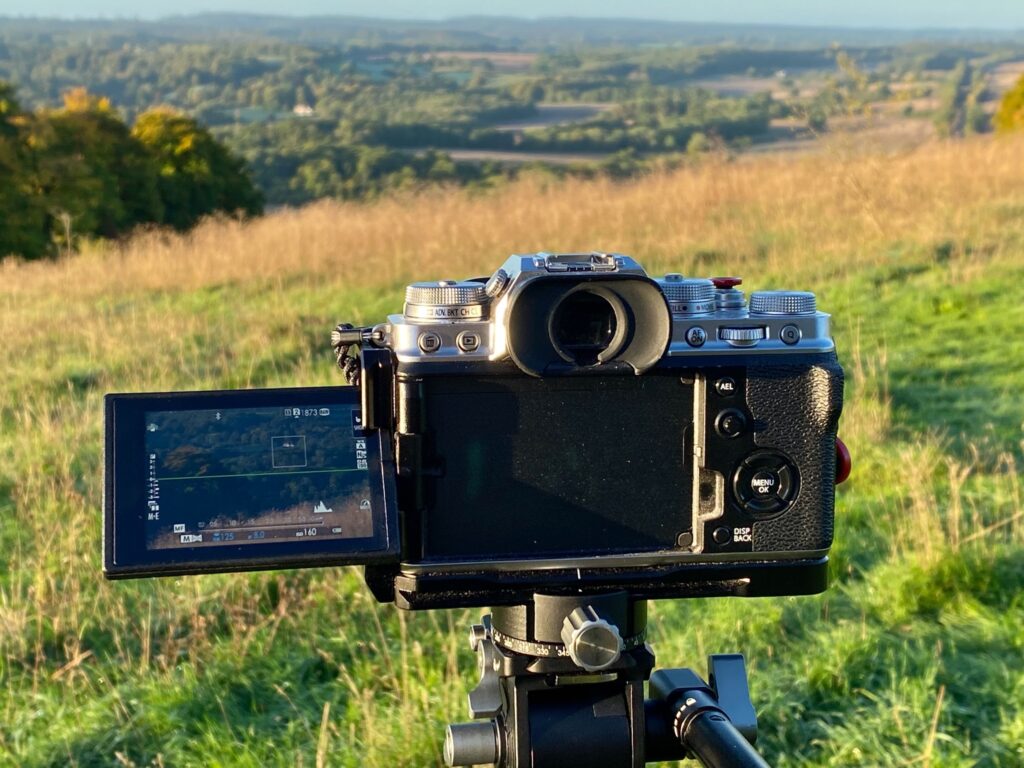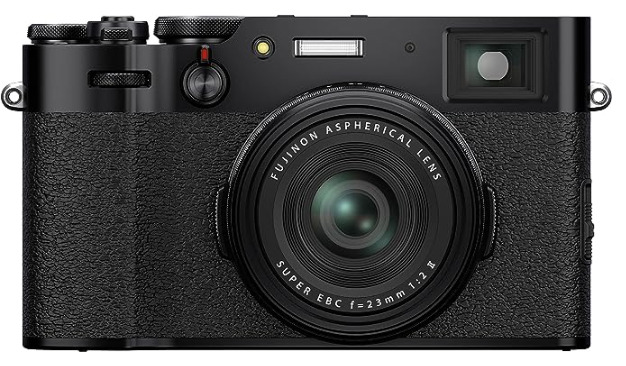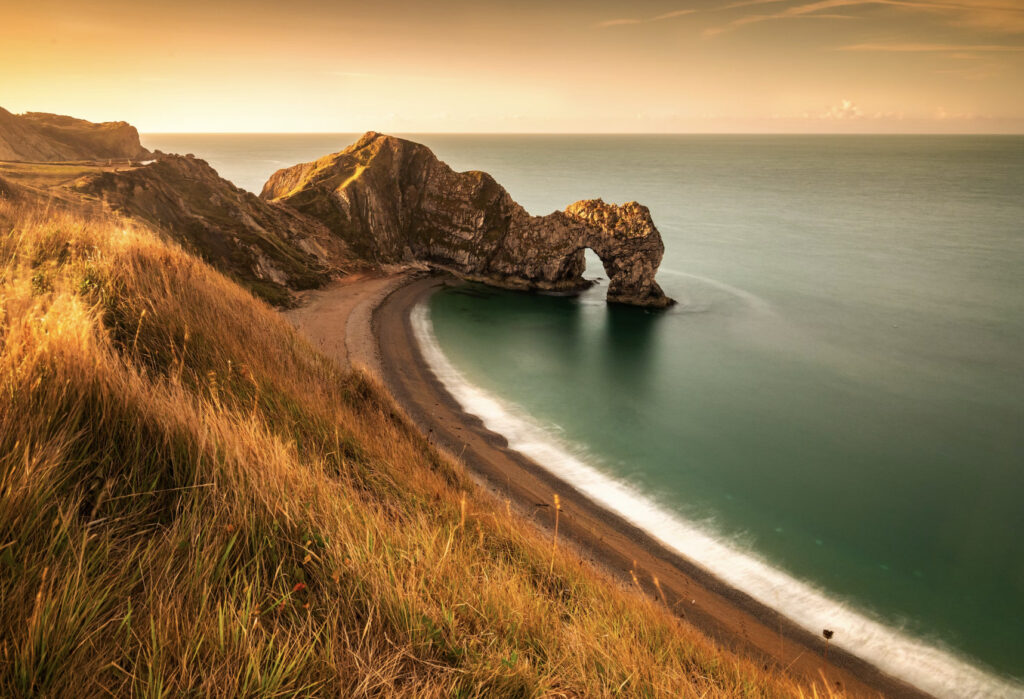You've just bought a new camera and couldn't be happier to start using it, but there are a few things you need to do before you actually start taking photographs to ensure your camera is operating correctly, protected and enjoyable to use. Skip them and you could be in for a world of heartache!
Photo by Math
Save everything as you unpack the box. While it's far less common today compared to just a few years ago, every now and again a camera will have problems or be non-working right from the manufacturer. Most retailers and mail-order companies have no problem exchanging newly bought equipment, but it needs to include everything, from USB cables to the little plastic bags. Why is it such a big deal to save all the original packaging? Because when you return the equipment the retailer returns it back to the manufacture for credit and it needs to have everything or they will only get a partial refund.
Now is the time to protect your investment. When you first buy a DSLR, lens or other expensive piece of equipment, it will be the cleanest and most pristine condition ever, and now is the time to protect it and ensure it stays that way. Applying LCD protectors to the back of your camera before oil from your hands or dust have time to settle in means a better bond and longer protection. The same applies to lenses and putting UV filters on the ends, before dust or other environmental contaminants have a chance to effect anything. Also, I suggest unboxing on a clean table with plenty of room, not on the couch or in your bed where dust or pollen could get things dirty. I also suggest taking the time now to scan copies of all your receipts and use another camera (if you have one, or borrow a friends) to photograph all of your equipment. Take the receipts and photographs and create a text document that contains the model numbers, serial numbers and purchase date and burn it to disk and keep it in a safe place. Keeping that information handy can help if you need to reference it for warranty work or in the event it's damaged or stolen you can provide your insurance company with accurate, detailed information.
Don't rush to use everything. Charge the batteries fully, the first charge is the most important. While it's charging, RTFM, read the fun manual, get to know your camera gear and how it functions, where the controls, buttons and menu systems are. Make sure you know how to put on and remove the lens hood if one was included with your lens, attach the camera strap and overall familiarize yourself with how the pieces all fit together. When the battery is fully charged, insert your media and format the card before you do anything, even if it's a brand new card.
How will you transport your camera? Digital camera's are portable and meant to go anywhere with you, and should go everywhere, but transporting them is often one of the most over-looked aspects of buying a new camera. I had a friend a few years ago spend $2,000 on a DSLR and then wrap it in a kitchen towel and stuff it in a backpack because he didn't want to spend even $50 on a half decent camera bag. If you don't have a bag, buy one for your lifestyle. Some prefer backpacks, others like messenger style bags and a few prefer hip packs. I have about five bags now that I use based on where and how I'll use my camera. If you have a bag from your previous camera, take the time to clean the inside of it out. Use a lint roller and / or a vacuum with hose attachment to get dust and dirt out of the bag, which could potentially cause harm to your new gear.
Shoot! Your first few shots on the camera should be of controlled lighting, things you know, colors you are familiar with and then checked in a computer to ensure the camera is functioning properly. Then shoot the camera in every possible mode and at all ISO ranges. If you are a professional photographer or even an up and coming shooter who freelances from time to time, thoroughly test your equipment before getting paid to shoot. Nothing is worse than disappointing a customer because of a problem with your new camera that you should have identified the day or week before and nothing can be more frustrating then learning how to use your new camera on the fly. Get to know how it works, then put it to work.







4 Comments
Great advice and tips. I’m usually too excited and want to use my camera right after taking it out of the box, but through the years I’ve learned to save my excitement until at least the new battery has had a chance to charge properly.
That’s so true – I have ruined more than one battery myself by not being patient! 🙁
you can always tell the quality of USB cables by looking at the thickness of the cable. thicker usb cables have higher quality ~;~
Thanks for a great article. You’re right on every point you made. Another good reason to save all packaging is that if you decide to sell you camera at some point, you will get a higher price if you can advertise it with everything it came with new. I buy a new DSLR and a good pocket cam every two years and have gotten top dollar for my older models because I’ve kept all of this. Plus, it’s easy to pack them up for safe shipping.